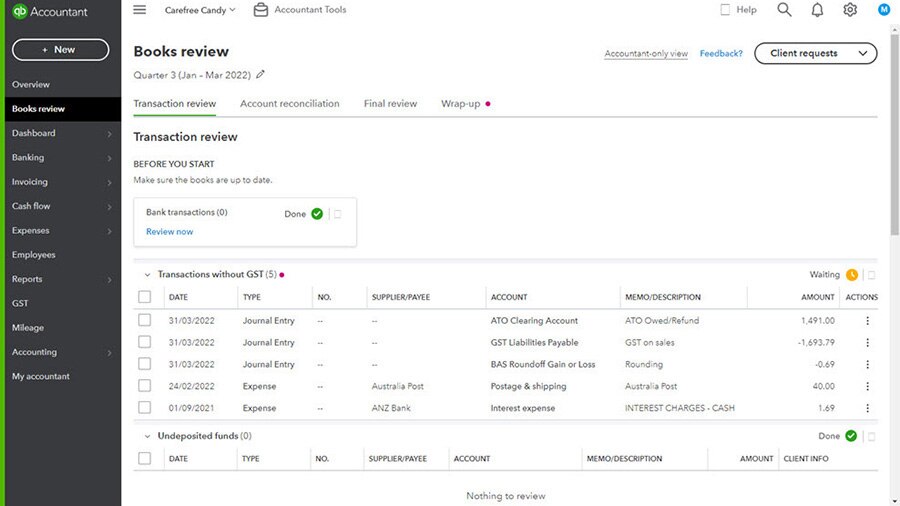Best practices to optimise SKU setup
Setting up SKUs is easy, but it’s a good idea to follow a few rules to maximise their use. Here, we’ll explore how to make the most of your SKU system while avoiding common pitfalls.
Make SKUs Unique But Understandable
The Stock Keeping Unit numbers and letters that make up a SKU should represent important product information. Use a combination of abbreviated letters and numbers to signify product variants. Keep it short: between 8 and 12 characters.
Don’t overcomplicate your system by loading the numbers with a meaning because this will become a confusing string of numbers. If it’s too complicated you’ll need to have a legend on hand to decode the meaning of every SKU for each specific product.
For example, when creating an SKU for a blue dress in a size small from your Autumn/Winter 2021 collection, isn’t ‘AW21DrBS’ easier to understand than ‘15020101’?
In this example (SKU ‘AW21DrBS’), the breakdown is:
- AW = Autumn/Winter
- 21 = 2021 (year)
- Dr = Dress
- B = Blue
- S = Small
Arrange Attributes According to Importance
Think about how you would describe your product in the order of its defining characteristics. Choosing to begin with the season or year will help you limit your searches to the right collection, followed by increasingly broader characteristics like product type, colour, and size.
Let’s look at a good SKU (SS25-RUN-BLK-M-09) for a running shoe:
Breaking this down:
- SS25 = Spring/Summer 2025 (Season/Year)
- RUN = Running Shoe (Product Category)
- BLK = Black (Colour)
- M = Men's (Gender)
- 09 = Size 9 (Size)
To make your SKUs readable and consistent, try to maintain the same format across all of your products. This will make reordering and stocktake easier.
Avoid Spaces, Accents, Symbols, and Letters That Look Like Numbers
Using accents, symbols or letters that look like numbers can confuse your inventory system, so stick to alphanumeric SKUs as much as possible.
Here are some examples of symbols to avoid:
- Avoid using the letter ‘O’ because it can be easily mistaken for a 0.
- If you’re using Excel for inventory management, using a slash like this “/” could result in your SKU being interpreted as a date.
- Symbols like ‘>’, ‘*’, ‘^’ can create confusion among inventory systems and staff.



















